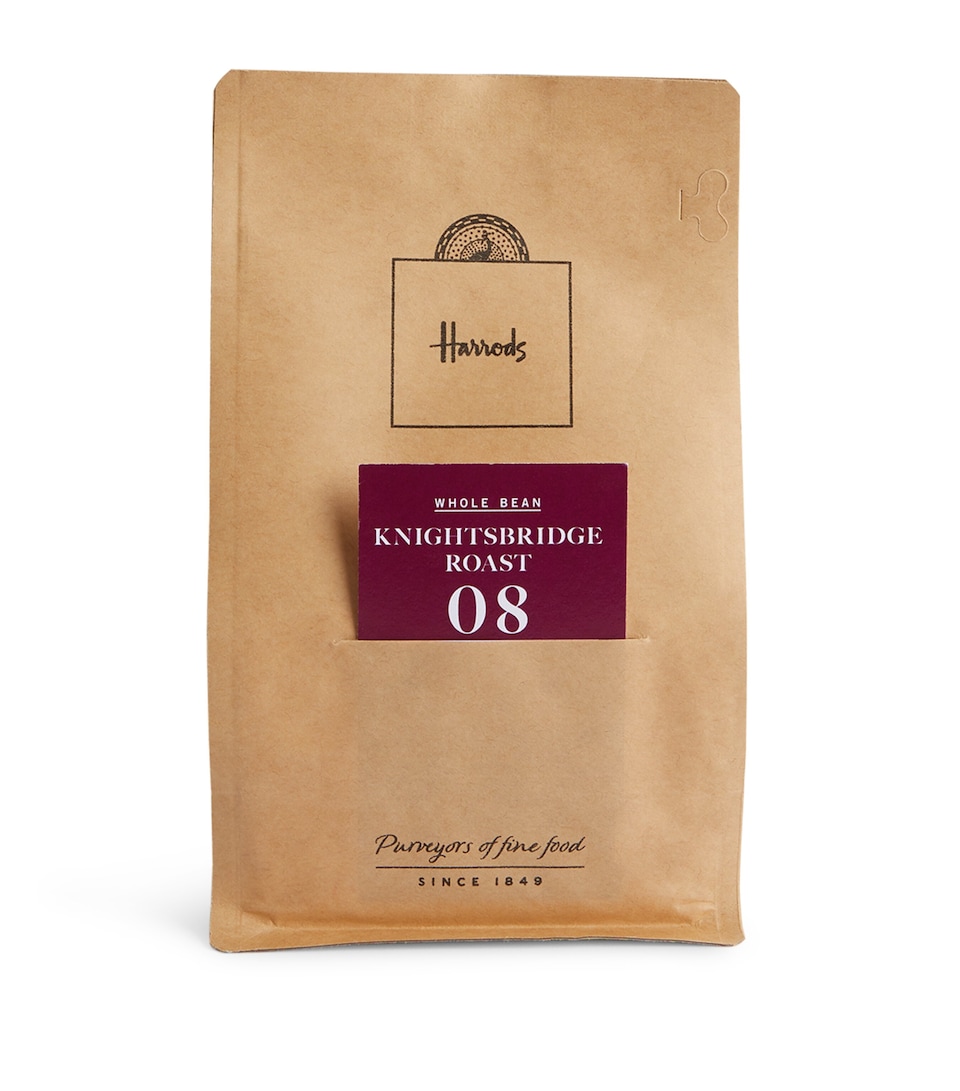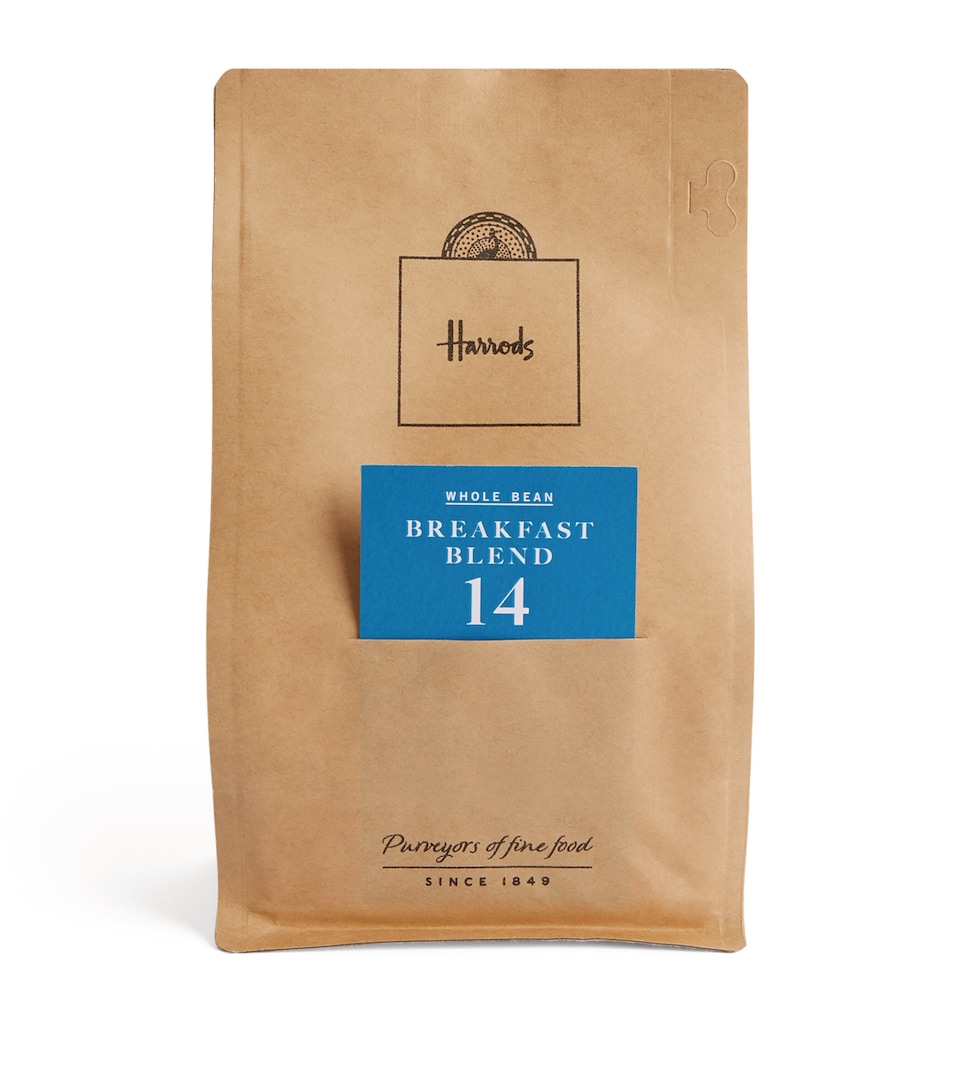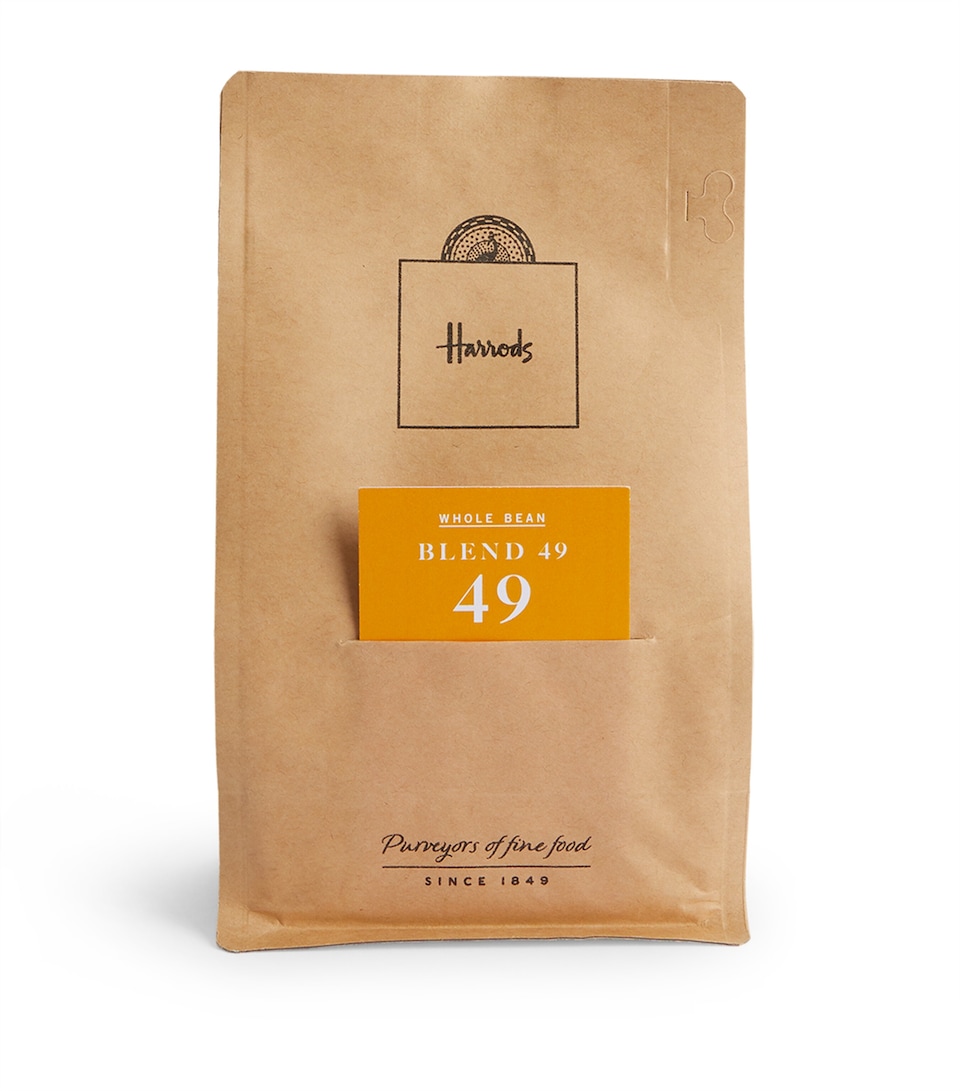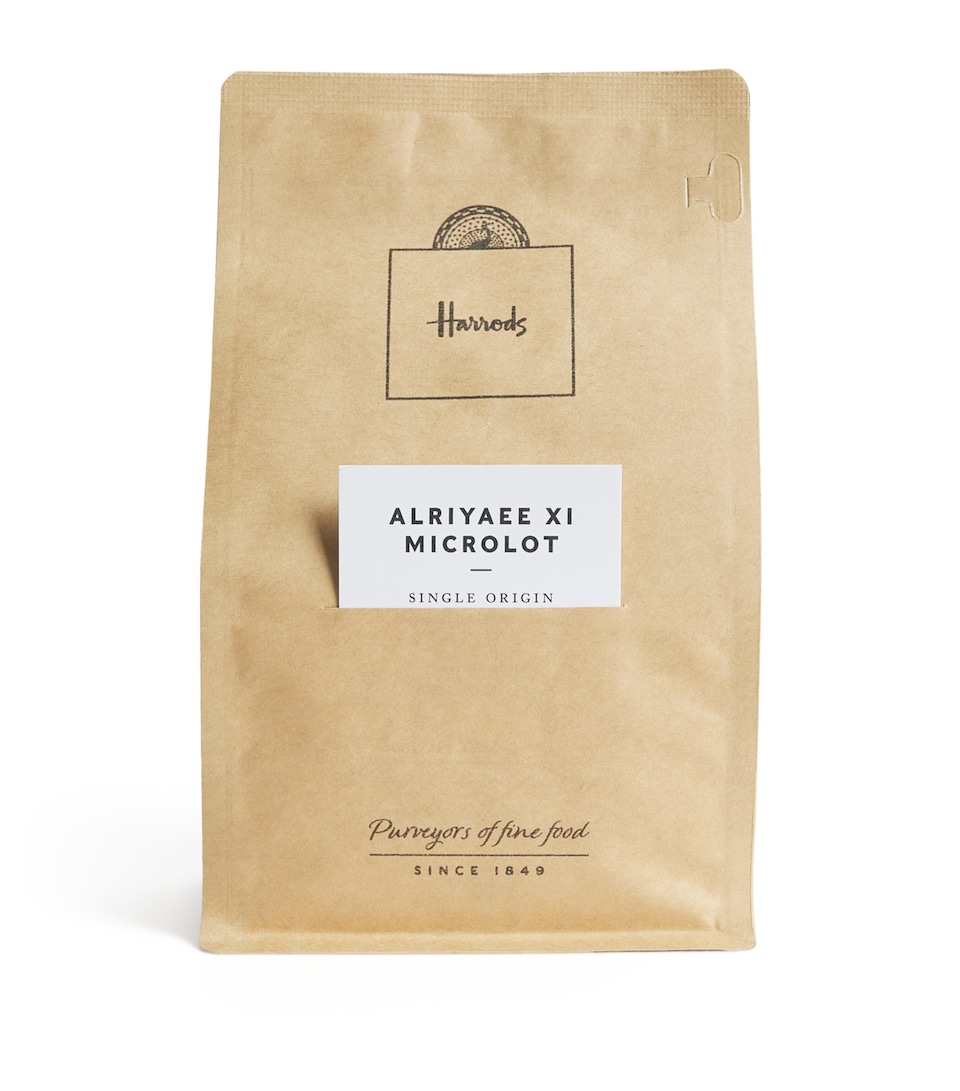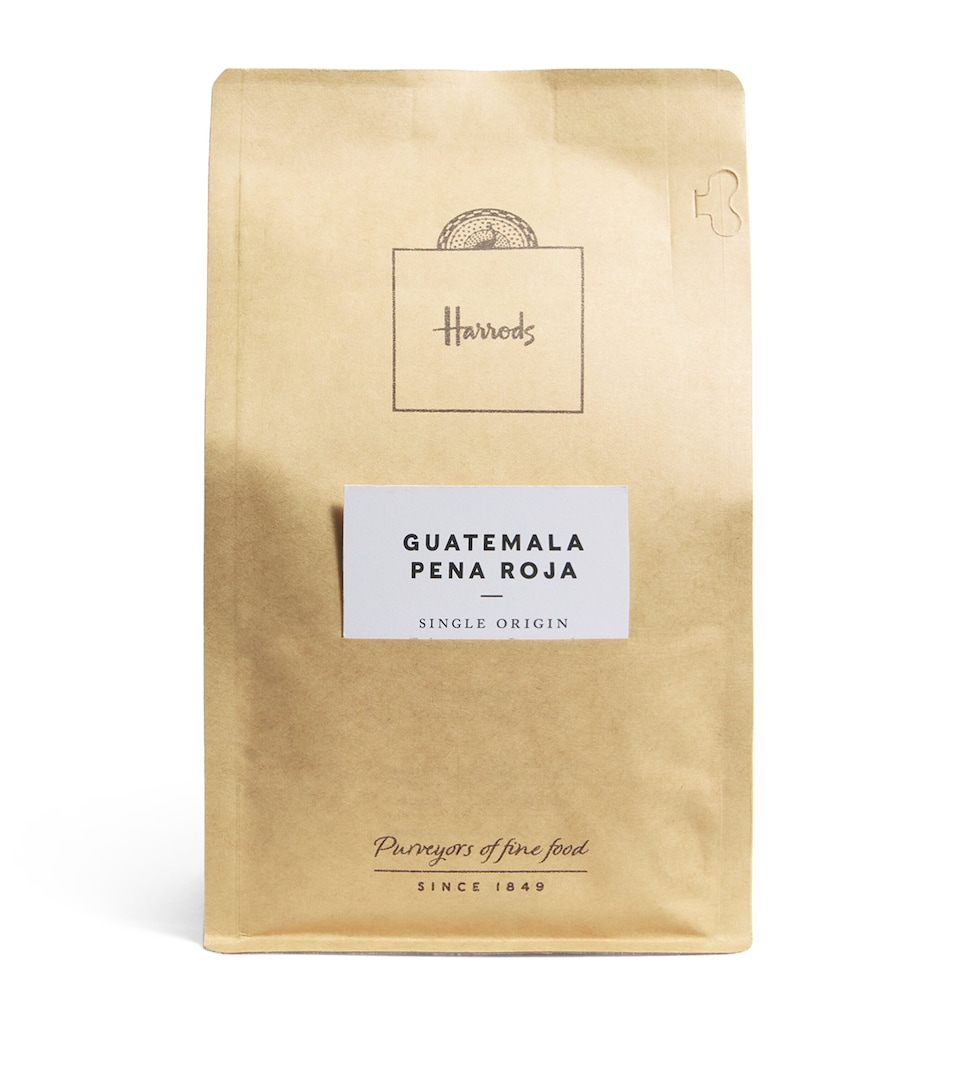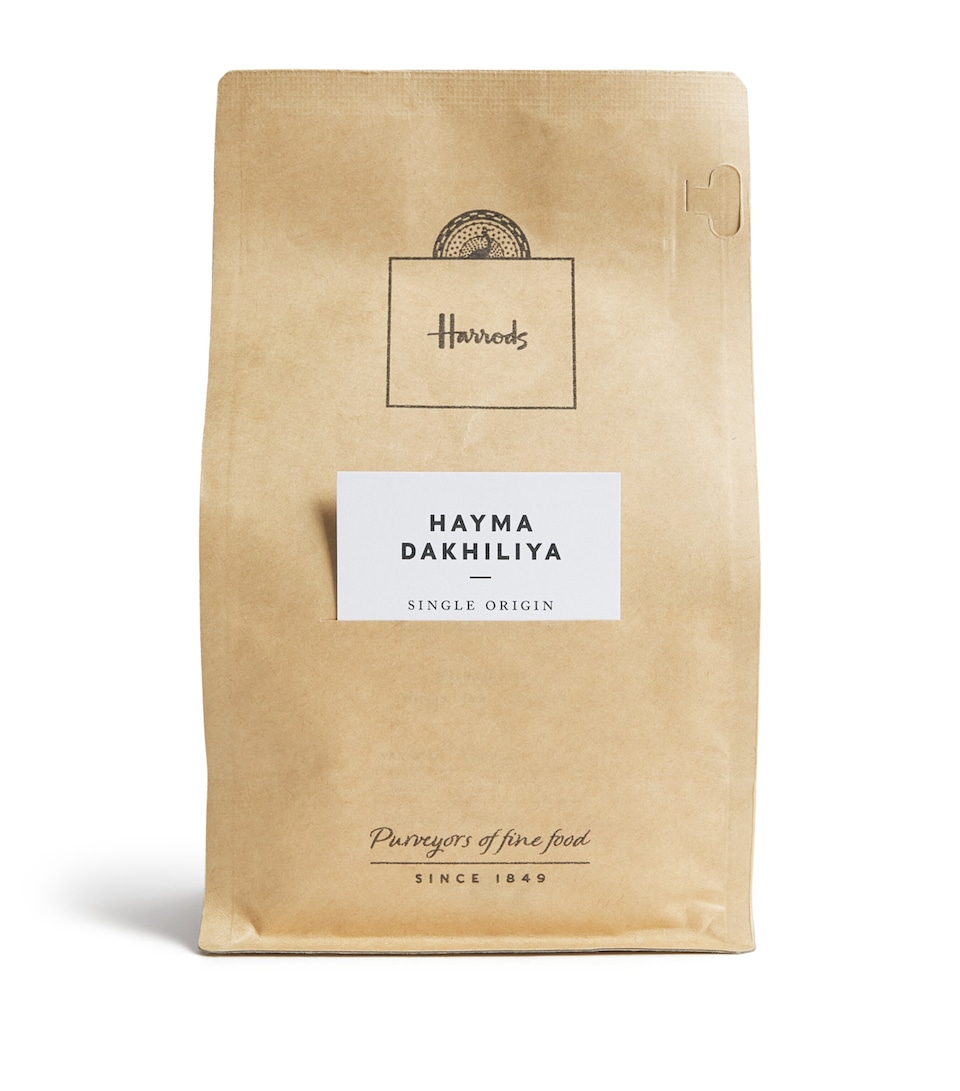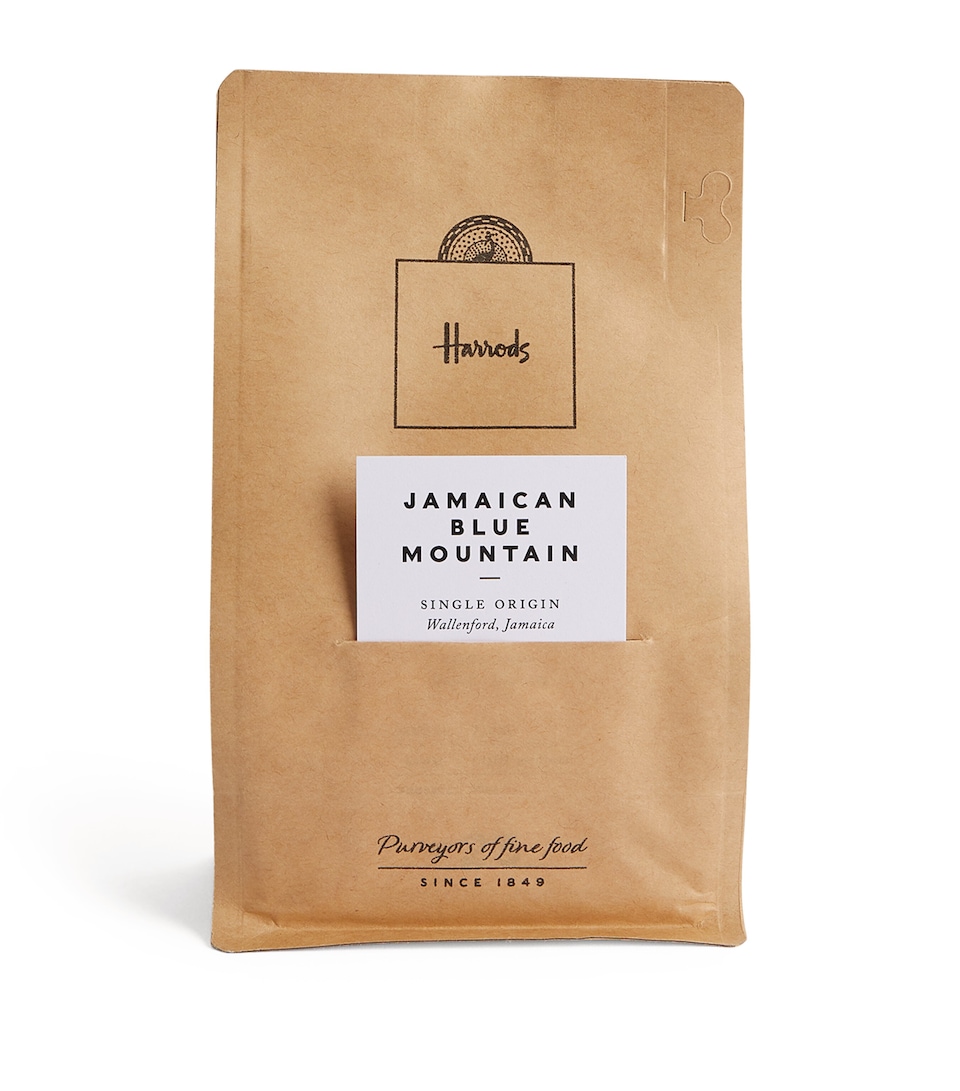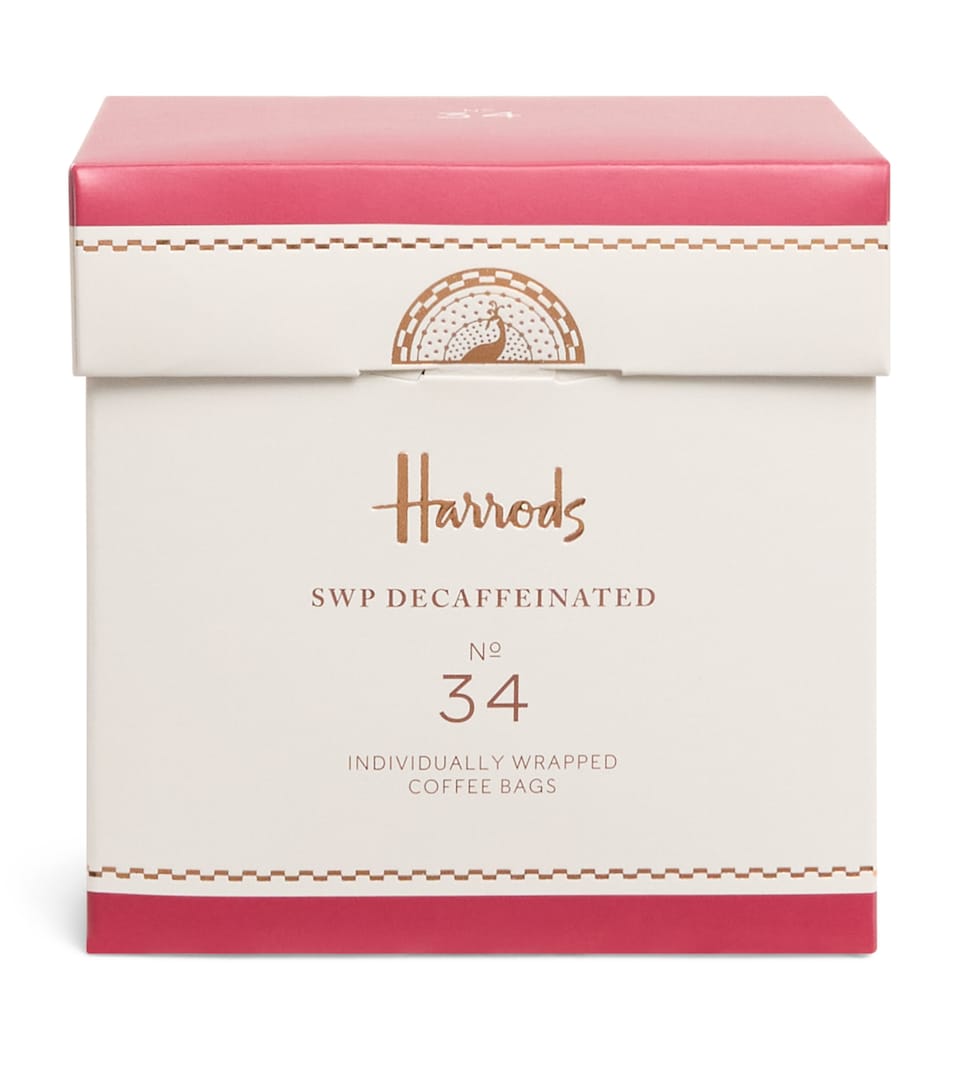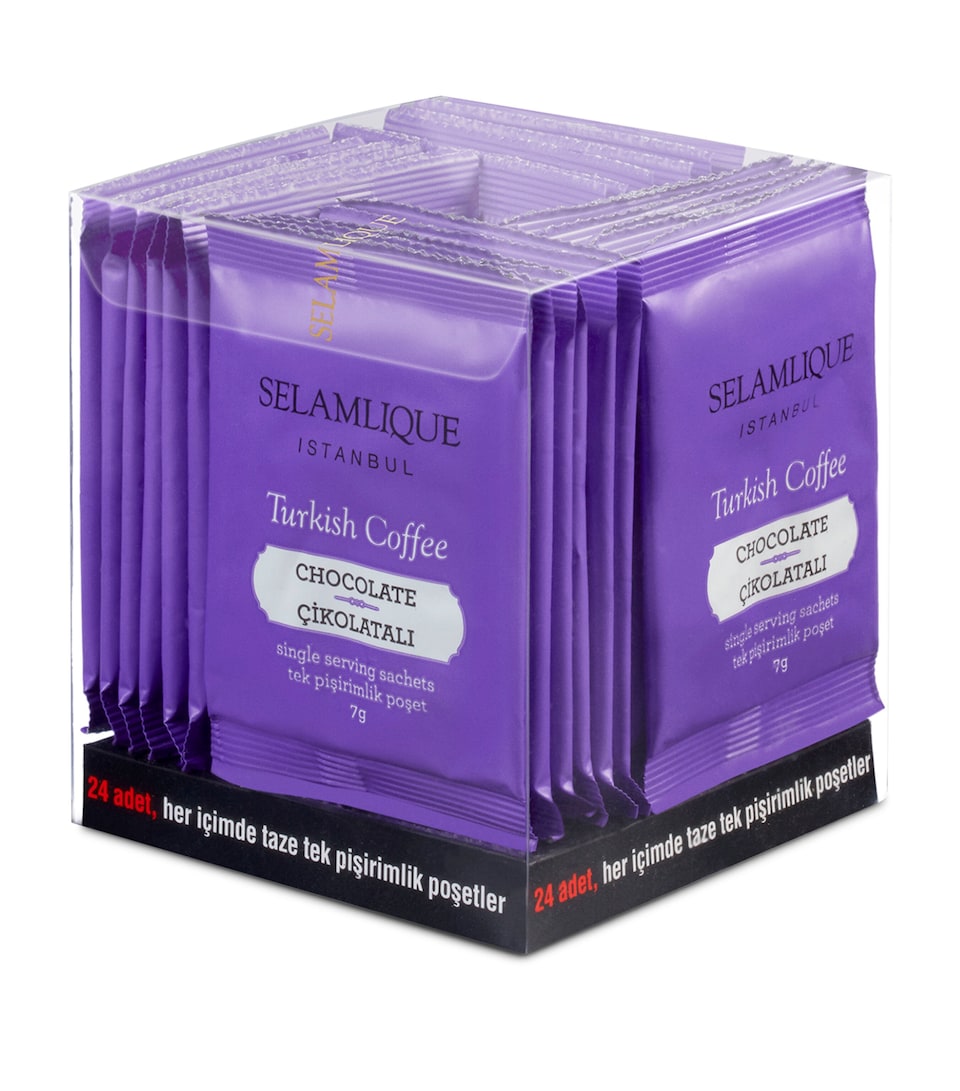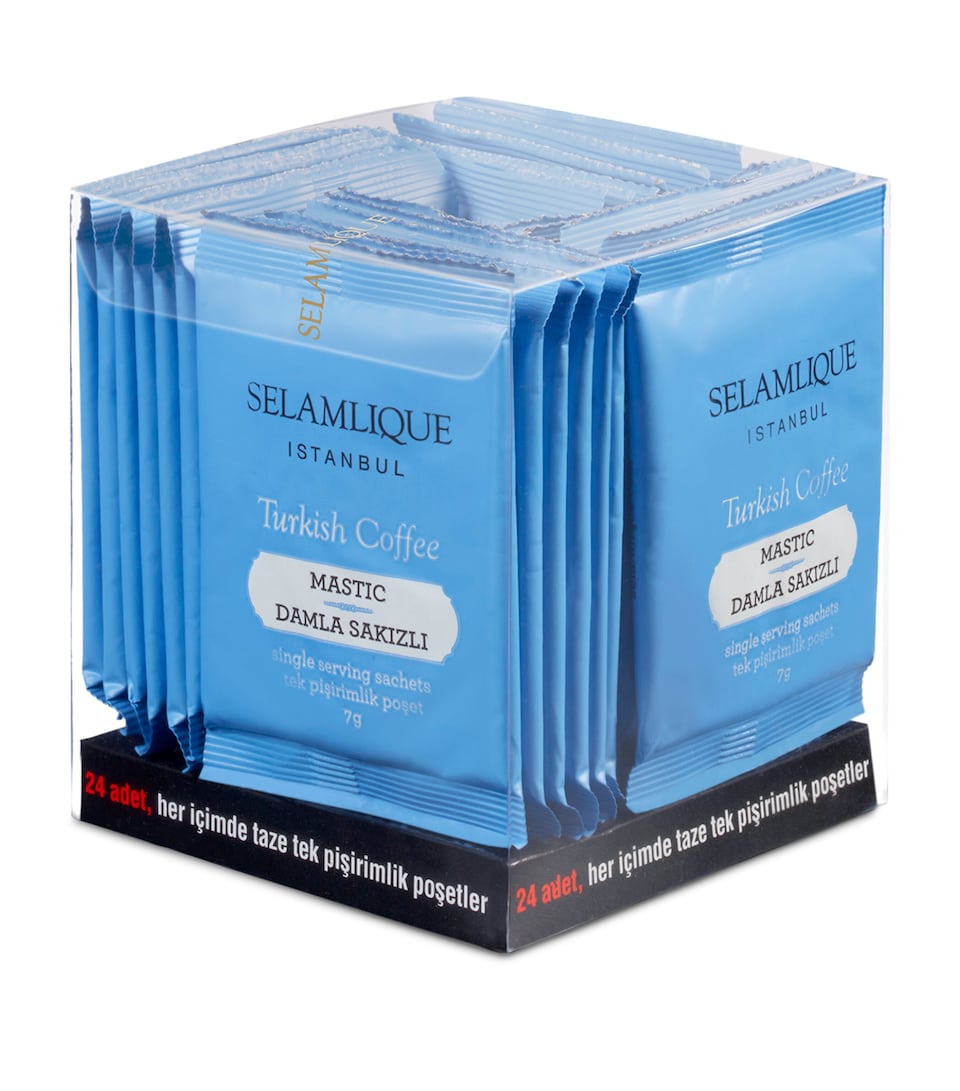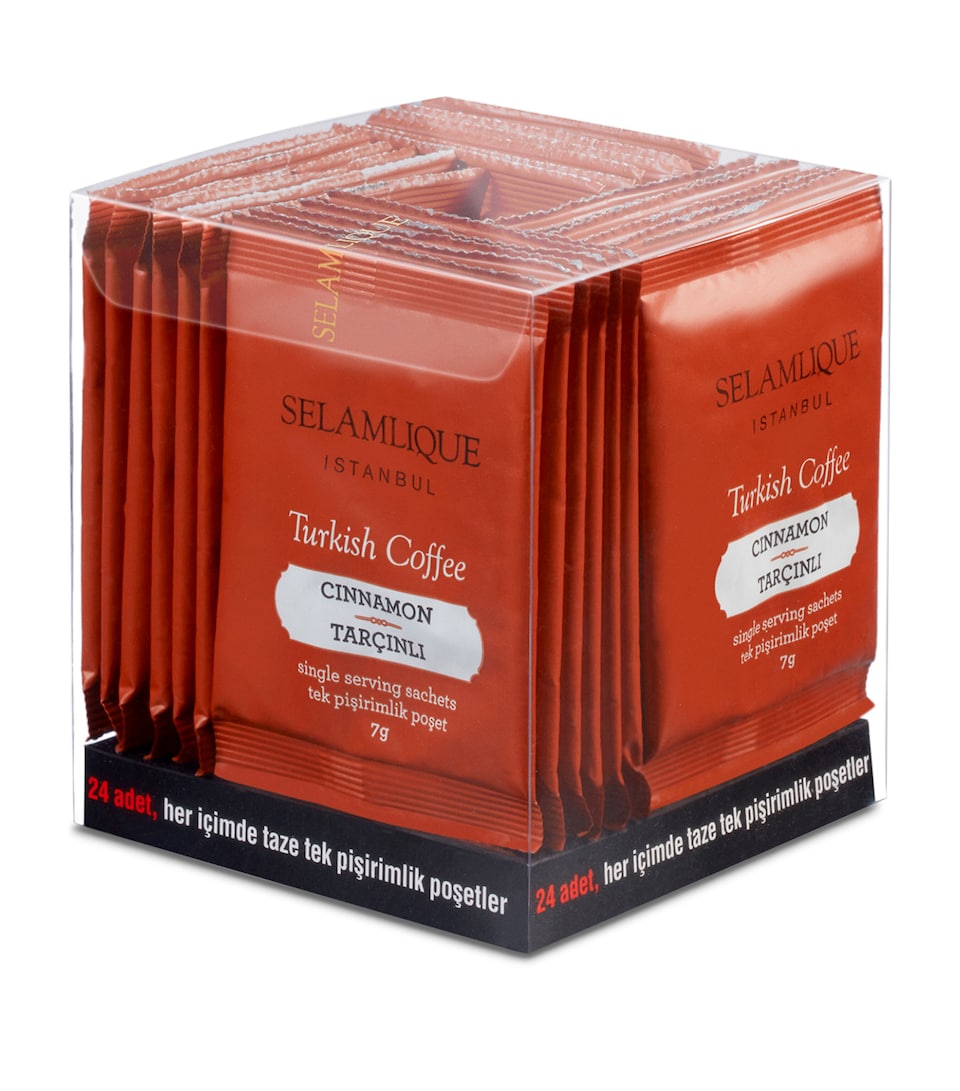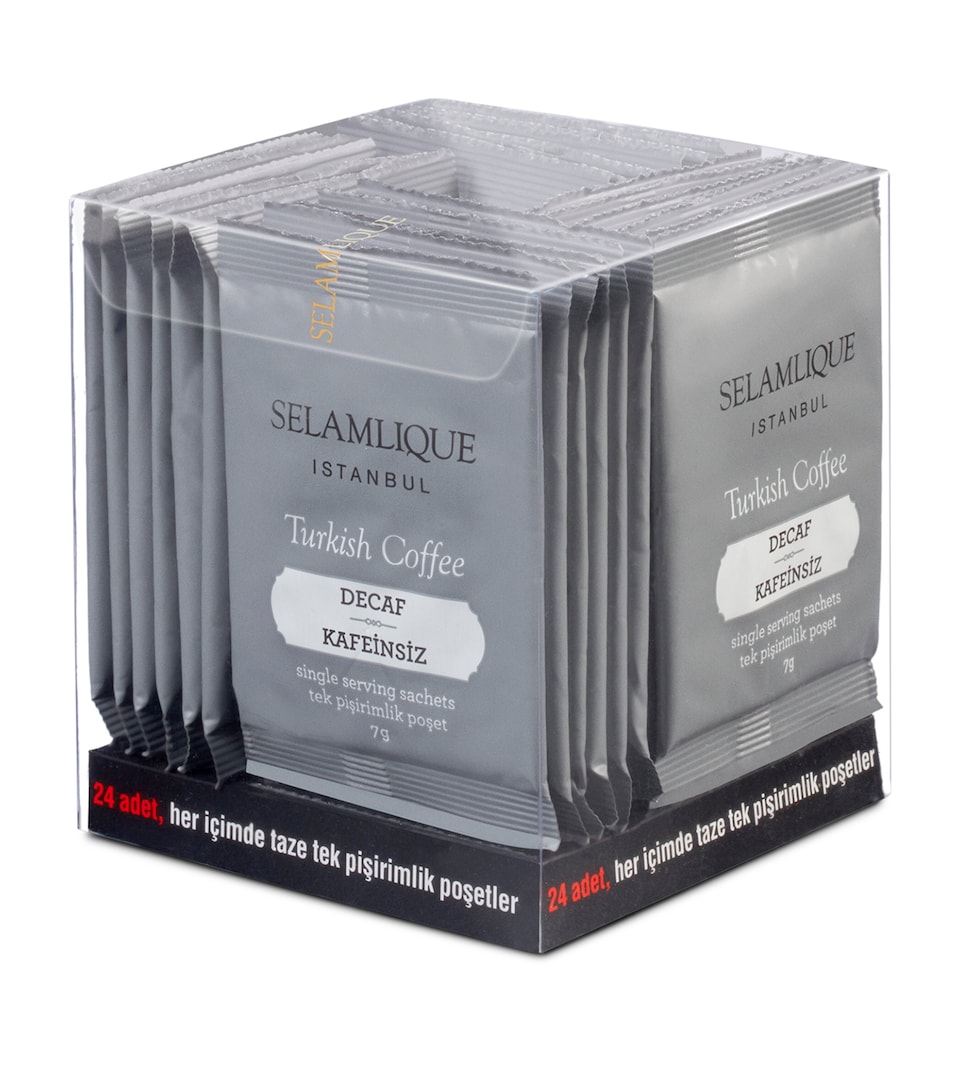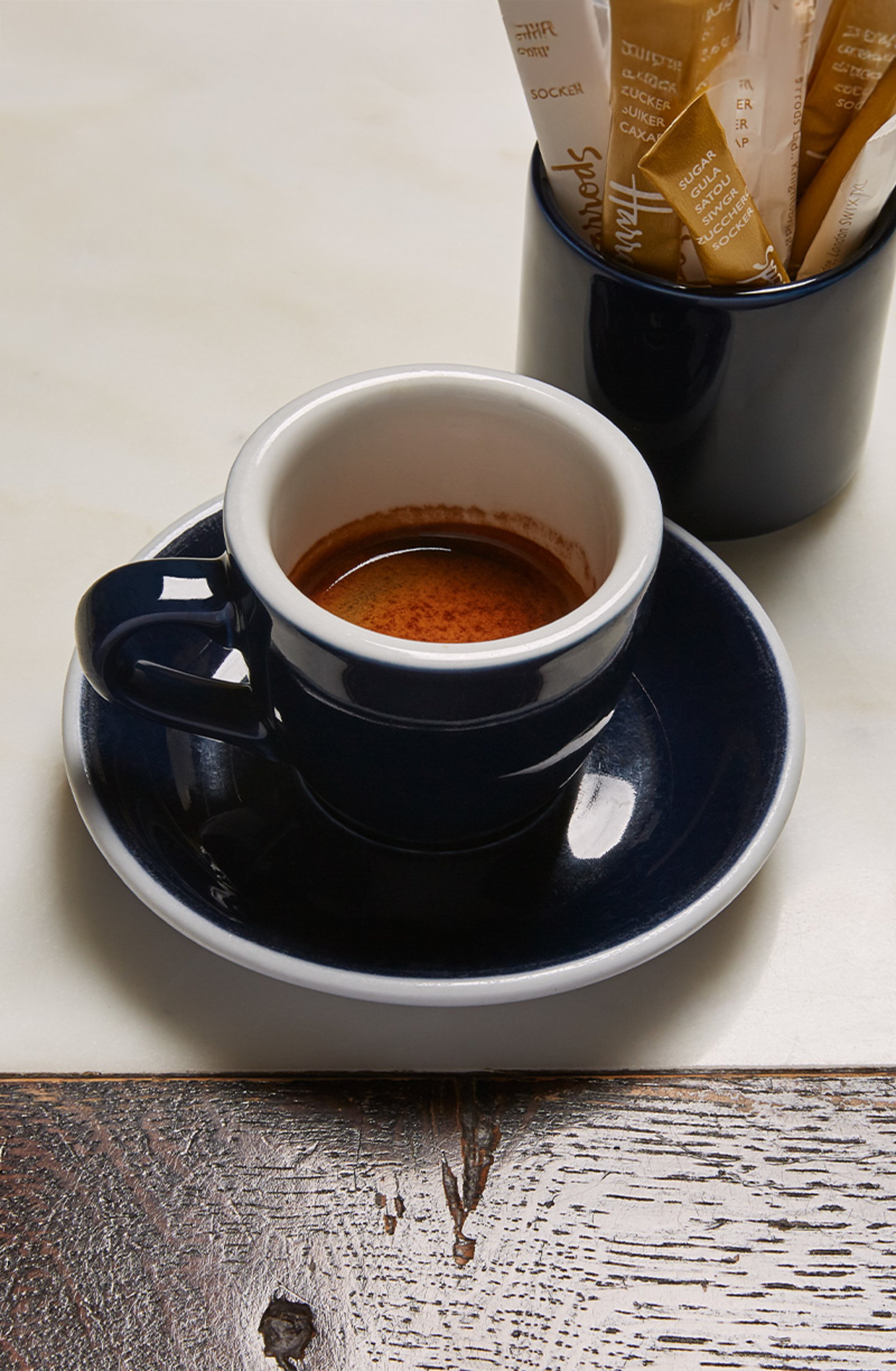
Everything You Need to Know About Coffee
Words by Emilie Dock
For 175 years, we’ve sourced the world’s finest coffee – from Jamaica and Panama to St Helena and Indonesia – partnering with exceptional farms to deliver unique flavour profiles. To ensure you can savour every nuance, we even roast all our beans in-house at the Roastery & Bake Hall. Curious about our selection? Want to learn how each crop is processed? Dive into our essential 2025 coffee guide and discover everything you need to know about your favourite brews.
House Blends
Developed by our in-house coffee masters, our house blends feature a fine-tuned balance of beans designed for everyday sipping. The Knightsbridge Roast, for instance, combines freshly roasted Arabica beans from Brazil, Colombia, Sumatra and Costa Rica for notes of caramel, roasted nuts and chocolate.
Single-Origin Coffee
Grown in specific regions, these coffees offer distinct flavour profiles shaped by the unique terroir: the soil, climate and altitude of their origin. Often released in small batches, they reflect both rarity and character.
Single-Estate Coffee
A sub-set of single-origin, this is coffee grown on one specific farm or estate. It’s even more traceable and produced in smaller quantities, offering a uniquely consistent flavour.
Coffee Pods & Bags
For those who require a quick cup that requires barely a flash of thought, our coffee pods – compatible with Nespresso machines – offer the rounded tastes of our house blends at the touch of a button. When a coffee machine isn’t an option, our coffee bags let you brew a proper cup with nothing but hot water – using real roasted and ground beans, as opposed to instant.
How Coffee is Made: From Bean to Cup
When it comes to coffee, we’ve learned to recognise terms likes crema and microfoam. We know a light roast from a dark roast, and can differentiate between a cortado and a flat white (for the most part). But how much do you know about how it gets from bean to cup? What makes a Colombian brew taste different from a Kenyan?
Stories
How to Make Barista-Style Coffee at Home
Time was, if you wanted a proper coffee, you’d need to visit your local café. Today, there are myriad coffee makers promising to match the style and quality of barista-made brews. From drip filters to pods to percolators, find the perfect coffee maker for you.

Types of Coffee Serves Explained
Overwhelmed with all the different coffee serves out there? Get clued up on all the big hitters – then visit The Coffee Bar to savour them at their very finest (twice-baked almond croissant optional, but highly recommended).
Frequently Asked Questions
Arabica beans make up around two thirds of the world’s coffee production. Grown at higher altitudes, they typically offer a brighter body and fruitier flavour, with higher levels of sugar and acidity.
Robusta, by contrast, has a stronger, more bitter taste with grain-like, nutty notes. It also contains nearly twice as much caffeine as arabica, which is why it’s the go-to bean for instant coffee.
Coffee stays fresh for about four to six weeks at room temperature, provided it’s stored in an airtight container in a cool, dark place. As it’s hygroscopic – meaning it absorbs moisture from the air – avoid keeping it in the fridge. If you plan to freeze it, make sure it’s vacuum sealed.
The grind size you choose affects how your coffee extracts. Here’s a quick guide:
For an espresso machine: fine, almost like icing sugar.
For an aeropress: medium-fine to fine.
For pour-over: medium, similar to table salt.
For a drip coffee maker: medium-course.
For a French press: coarse, like breadcrumbs.
For cold-brew: very coarse. For a moka pot: fine to medium-fine.
If your coffee tastes bitter and harsh, try a coarser grind to avoid over-extraction. If it’s sour or weak, try a finer grind.
It all depends on the beans and how the coffee’s made. A standard cup of drip coffee contains around 95mg of caffeine. An espresso shot typically has about 63mg – though many cafés use a double shot as standard for longer coffees.
It varies widely. Most cafés rely on espresso machines and drip brewers, though pour-over methods are often used for speciality coffees. For home brewing, consult our coffee maker guide to find the method that suits you best.
As the name suggests, cold brew is coffee brewed with cold rather than hot water. Coarsely ground beans are steeped in water for 12 to 24 hours, then strained. You don’t need any specialist kit – a French press works well, as the plunger filters the grounds. The result is strong, smooth and low in acidity, often served over ice or diluted with water or milk.
The key difference between cold brew and iced coffee lies in the method: iced coffee is brewed hot, then chilled and poured over ice.
For the best flavour, coffee should be enjoyed within 30 minutes of brewing – though it’s safe to drink for a few hours after. Beyond that, it can start to taste bitter, stale or sour. A thermal flask or carafe can help preserve the flavour for a little longer.
Black coffee keeps for up to three to four days in the fridge, while milk-based coffee lasts one to two days at most. Cold brew, however, can stay fresh for up to a week.
Roast levels range from light to dark, moving from bright, acidic flavours with fruity or floral notes to bolder, more robust profiles with smoky, chocolatey or earthy tones. Medium roasts sit in the middle, offering a balanced taste with caramel and nutty notes.
Interestingly, lighter roasts tend to contain more caffeine than darker ones. It all comes down to heat exposure during roasting: light roasts undergo less heat, while darker roasts are roasted longer, releasing more oils and developing deeper flavours.
The difference comes down to the brewing method. Espresso is made by forcing hot water through finely ground coffee under high pressure, resulting in a concentrated shot with a rich crema. Regular coffee, by contrast, is brewed more slowly using gravity – as in drip machines or pour-over methods – with medium-coarse grounds.
Latte art starts with a shot of espresso, followed by perfectly textured milk – and it takes practice to get right. The key is microfoam: smooth, glossy milk with no visible bubbles, heated to around 65°C. Achieving this texture is tricky without a steam wand, typically found on espresso machines. There are countless video tutorials to help you refine your technique.
Decaffeinating coffee involves removing caffeine from green beans without losing flavour. The three main methods start by soaking the beans in water to dissolve caffeine and flavours. Chemical solvents like methylene chloride or ethyl acetate then extract caffeine from the water, either directly or indirectly, before flavours are returned to the beans. Although these solvents sound concerning, the tiny residual amounts are well below safety limits. Alternative methods include the Swiss Water Process, which uses charcoal filters and a supercritical carbon dioxide technique, both avoiding chemical solvents.
We recommend using between one and two tablespoons of ground coffee per standard cup of coffee (6 ounces; 180ml). If you want to be more exact, the “Golden Ratio” of coffee to water is 1:18, which is said to get the most balanced and flavourful brew.

